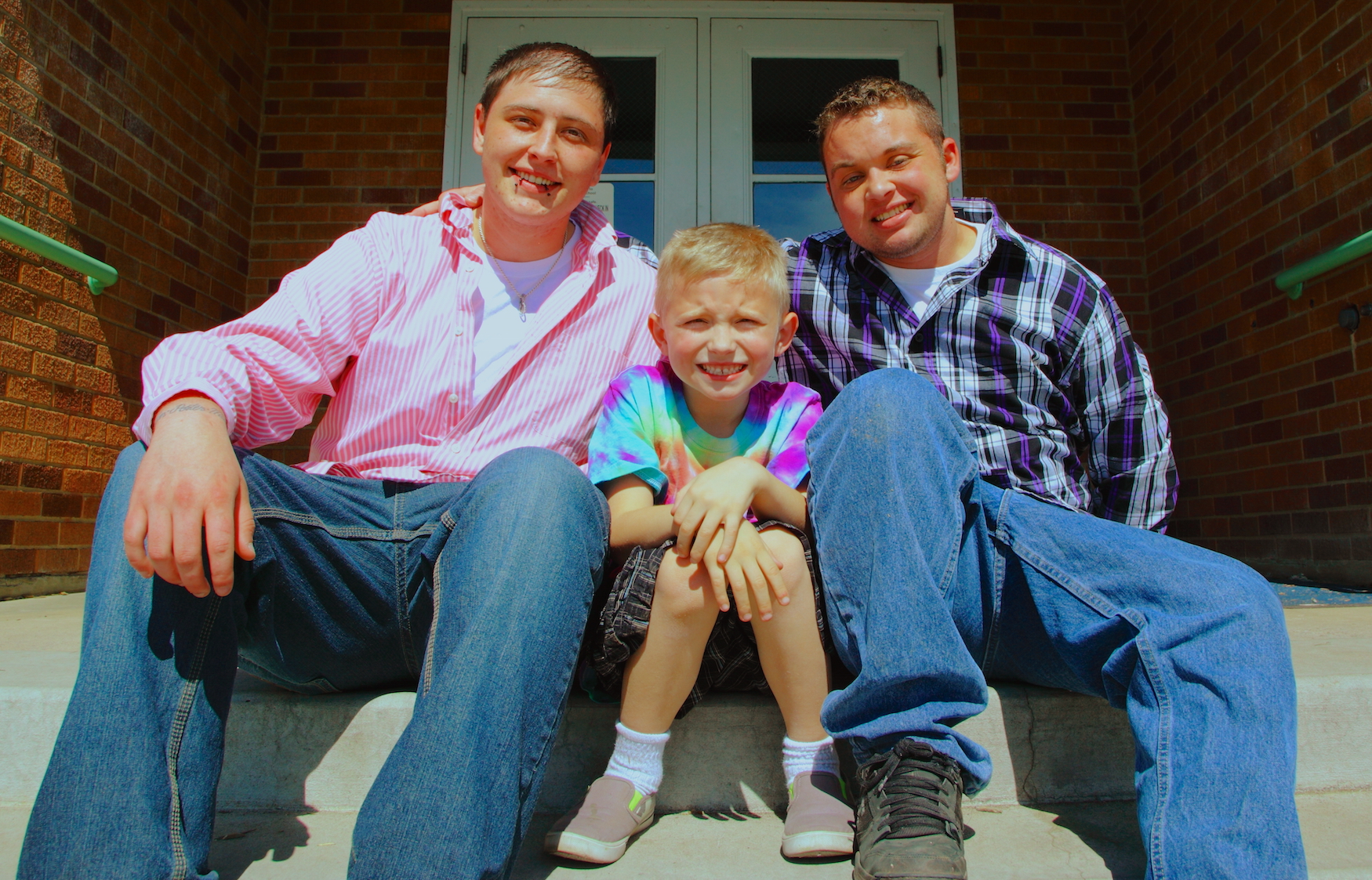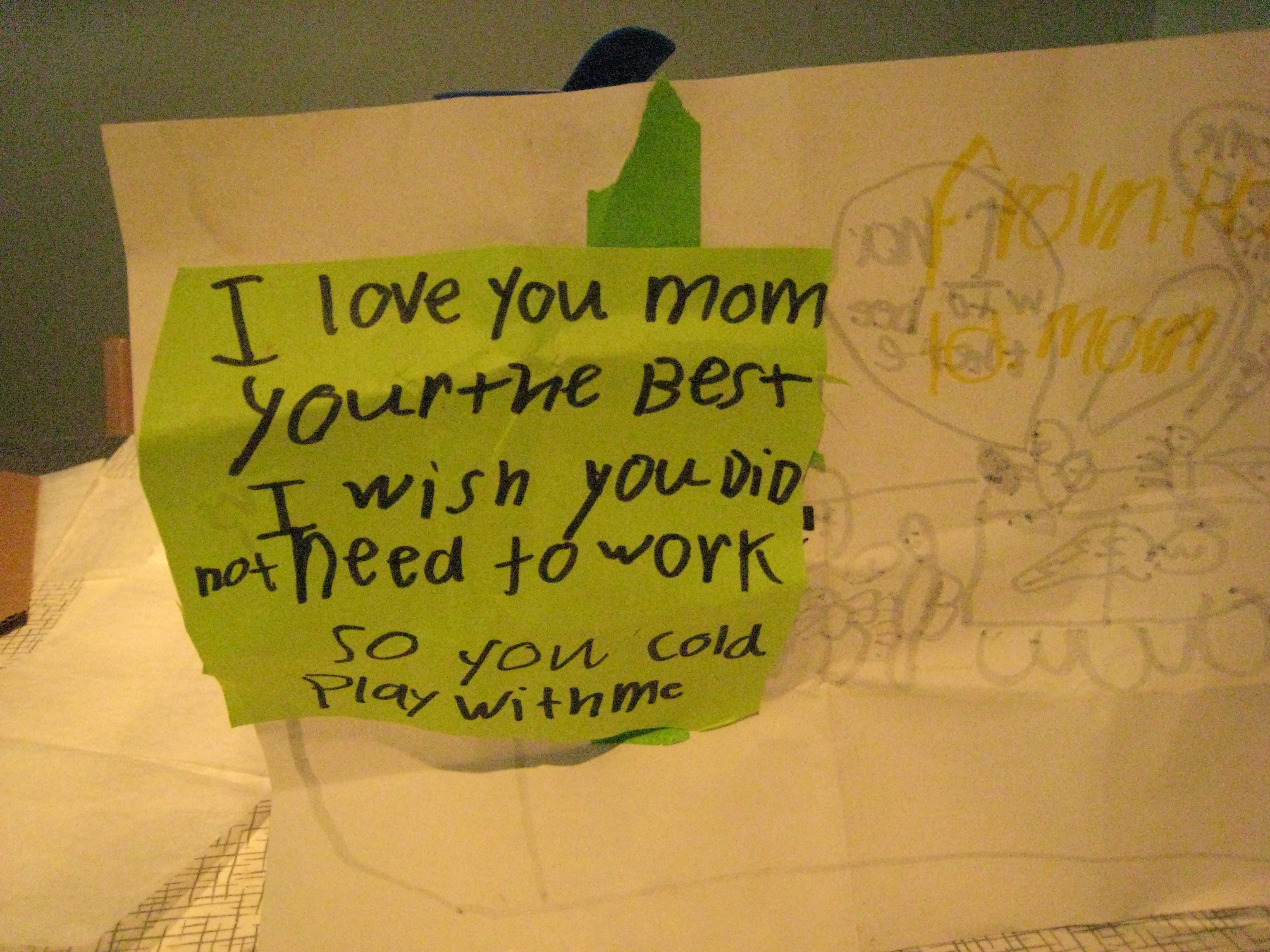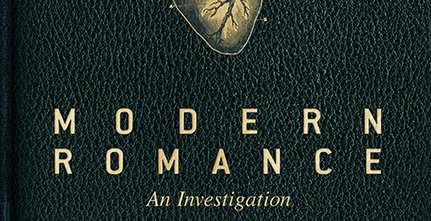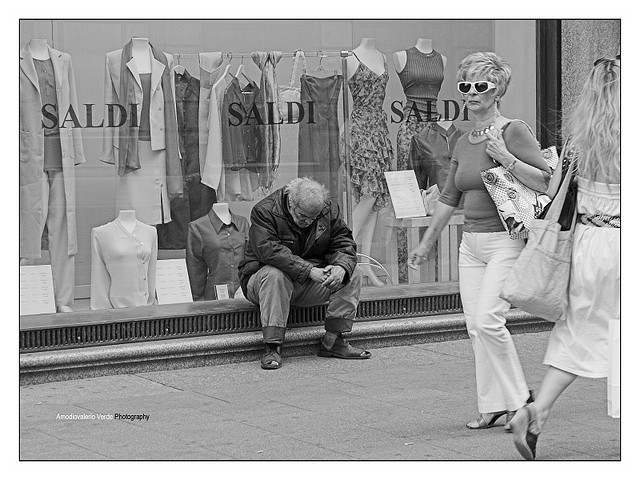
After flying over the South Carolina state capitol for 54 years, the Confederate flag was lowered on the morning of Friday, July 10. Before it was removed from the statehouse, the flag and products bearing its image were also eliminated from the store shelves and online marketplaces of major retailers, including WalMart, Amazon, Sears, and Ebay. The flag’s sudden withdrawal from publicly visible spaces public and private was sparked by a bevy of activism in the wake of the June 17 massacre of worshippers at Emanuel AME Church in Charleston, but complaints about the flag are not new. Why was this push to remove it from prominent display venues successful, when so many others had failed?
Sociologist Brayden King told the San Francisco Chronicle that the important of online media to the way companies make decisions today was central. Corporations who pulled Confederate merchandise from sale were more concerned with their brands’ images on Facebook and Twitter and with investors’ impressions of their management than with being politically correct or doing the right thing. Drawing on findings from studies he published in 2007 and 2013, King said that “Business is always responding to consumer demand and what might be reputational issues as well. If a company isn’t able to quickly resolve the turmoil, then investors may start thinking that the management isn’t very good.”
King argues that social media “makes these issues salient by being a megaphone for activists, and it serves as a large public forum for information.” By linking social issues with companies’ online reputations and managerial competencies, online media may be accelerating the attachment of concrete financial ramifications to cultural debates that corporations may have previously wished to stay out of.








